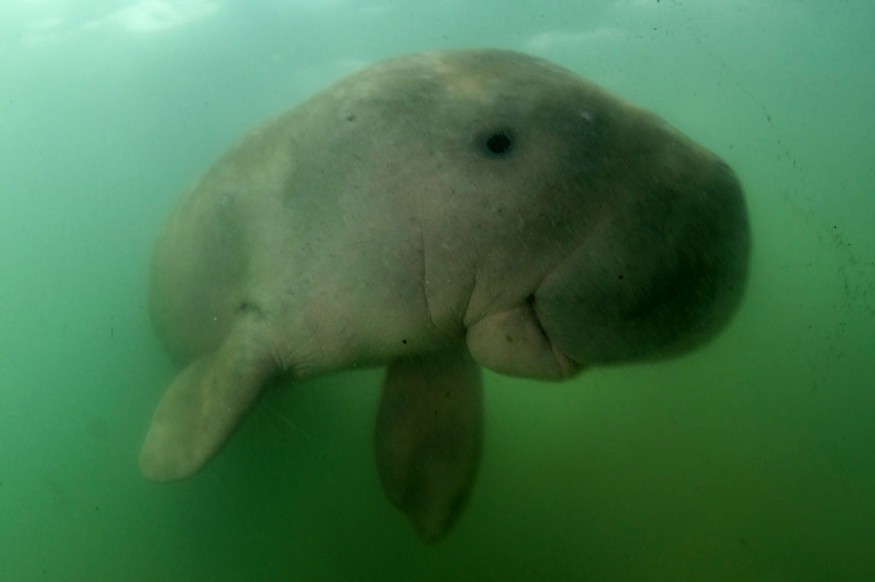
Merely three individuals in China's beach villages claimed sighting the dugong in the previous half decade, according to a poll.
The dugong, regarded as the sea's benevolent beast, is thought to have been susceptible to exploitation as well as maritime mishaps because to its leisurely, calm behavior.
It nevertheless survives in other parts of the globe, although it faces comparable dangers.
Possible Extinction of Dugongs in China
According to the interview with Prof Samuel Turvey of the Zoological Society of London (ZSL), who co-authored the discussion paper of NBC news, the inevitable demise of the dugong in China is a catastrophic loss.
Researchers from ZSL and the Chinese Academy of Science examined all prior statistics on dugong locations in China and they discovered that there had been no confirmed observations by experts throughout 2000.
While The Telegraph mentioned that in particular, the investigators used computational modeling to survey 788 folks from the village residing in the specified maritime zones to establish when they had last seen one.
Sources claim hardly seeing a dugong in 23 years on aggregate. Exactly three individuals have witnessed one in the previous five years, as updated by The Economic Times.
The experts have declared the dugong legally defunct, which means it is no more feasible to perpetuate themselves, as per to Heidi Ma, a research scientist at ZSL.
The dugong is a one-of-a-kind marine creature. It is the sole vegetarian ocean animal, exceeding about half a ton. Its soft - almost benevolent - nature has prompted several to assume that it spawned old nautical legends of mermaids. It is comparable in look and behavior to the bovine, although distinguishable by its whale-like tail, as reported by National Geographics.
Unfortunately, its location along the coast of Chna made it susceptible to poachers in the 20th century whom targeted the creature for its epidermis, skeletons, and flesh.
The Chinese State Council designated dugongs as a grade-one state priority threatened species in 1988, following a significant drop in number. However, experts suspect that further environmental loss, especially a shortage of seagrass meadows for feeding, has resulted in a substantial demographic fall.
Dugongs: The Gentle Giant
According to the UN Environment Programme, 7% of worldwide seagrass ecosystem is destroyed annually due to commercial and farming pollutants, maritime expansion, uncontrolled aquaculture, as well as environmental degradation.
Professor Turvey noted the demise of the dugong in China must serve as a cautionary tale to certain other areas that have dugongs, such as Australia and East Africa, labeling it a depressing message that catastrophes may happen once sustainable management activities are created, as shown in the recent report from the journal of Royal Society Open Science.
The genus is also present in 37 various tropical locations across the globe, most notably the close to the coast areas of the Indian and western Pacific Oceans, however it is listed as sensitive on the International Union for the Conservation of Nature's (IUCN) red list of threatened species.
States are presently convening in New York to ratify a proposed UN ocean pact that will safeguard 30% of the coastal and marine environment.
While Kristina Gjerde, high-seas conservation consultant for the IUCN, informed the BBC that the dugong is a terrible illustration of what is occurring to the marine ecosystem where there is growing invasion of anthropogenic activities.
© 2025 NatureWorldNews.com All rights reserved. Do not reproduce without permission.





